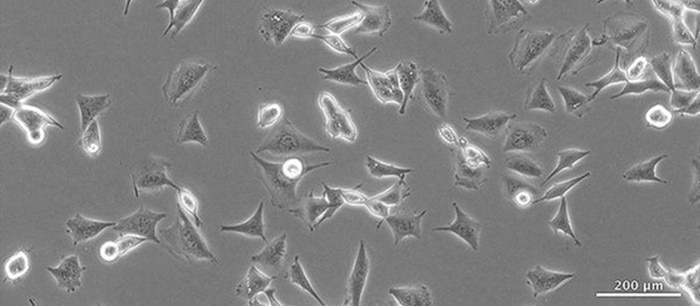MENU
FR | EUR
-
-
-
- Services pour bioprocédés
- Services pour centrifugeuse et rotors
- Services pour Mastercycler
- Services pour automates de pipetage
- Services pour congélateurs
- Services pour incubateurs
- Services pour agitateurs
- Services pour appareils de photométrie
- Service de contrôle de la température et de l’agitation
- Service pour pipette
-
-
-
-
- Services pour bioprocédés
- Services pour centrifugeuse et rotors
- Services pour Mastercycler
- Services pour automates de pipetage
- Services pour congélateurs
- Services pour incubateurs
- Services pour agitateurs
- Services pour appareils de photométrie
- Service de contrôle de la température et de l’agitation
- Service pour pipette
-
FR | EUR
-
- Centrifugeuses de paillasse
- Centrifugeuses au sol
- Centrifugeuses réfrigérées
- Microcentrifugeuses
- Centrifugeuses multi-fonctions
- Centrifugeuses haute vitesse
- Ultracentrifugeuses
- Concentrateur
- Produits IVD
- High-Speed and Ultracentrifuge Consumables
- Tubes de centrifugeuse
- Plaques de centrifugeuse
- Gestion des appareils
- Gestion des échantillons et des informations
Aucun résultat trouvé
Chercher des suggestions

How to identify eukaryotic contamination in your cell culture
Lab Academy
- Biologie cellulaire
- Culture cellulaire
- Contamination
- Incubateurs à CO2
- Consommables pour culture cellulaire
- Test
Eukaryotic contamination means that one cell line is contaminated with another cell line. There is no visible sign of a mixed culture.
The ICLAC (International cell line authentication committee) reports roughly 500 documented eukaryotic cell lines that are cross-contaminated with cells from other cell lines or misidentified. Current estimates assume that at least 15 % of all cell lines in use worldwide are cross-contaminated or identified as the wrong cell line. For these reasons, Good Cell Culture Practice documentation is paramount; not only to protect cells from contaminations such as bacteria and fungi, but also from each other. Misidentified and cross-contaminated cell lines can be detected by authentication testing. Short tandem repeat (STR) profiling is an accepted consensus method for authenticating human cell lines. Source: www.iclac.org
Find more about misidentified cell lines here .
Macroscopic detection
There are no means by which cross contamination can be detected macroscopically. Pay close attention if the growth rate of your cell line begins to differ from previous measurements/observations.Microscopic detection
Even with the help of a microscope it is difficult to detect cross contaminations with other eukaryotic cells. Sometimes the shape or dimension of the cell could provide a hint.The ICLAC (International cell line authentication committee) reports roughly 500 documented eukaryotic cell lines that are cross-contaminated with cells from other cell lines or misidentified. Current estimates assume that at least 15 % of all cell lines in use worldwide are cross-contaminated or identified as the wrong cell line. For these reasons, Good Cell Culture Practice documentation is paramount; not only to protect cells from contaminations such as bacteria and fungi, but also from each other. Misidentified and cross-contaminated cell lines can be detected by authentication testing. Short tandem repeat (STR) profiling is an accepted consensus method for authenticating human cell lines. Source: www.iclac.org
Find more about misidentified cell lines here .
Lire moins
Related links
Lire moins

